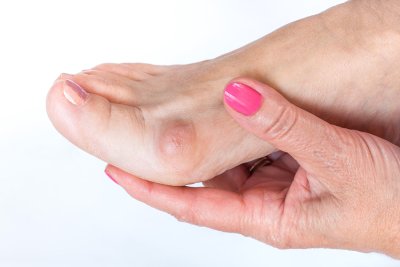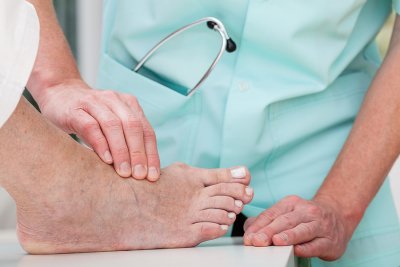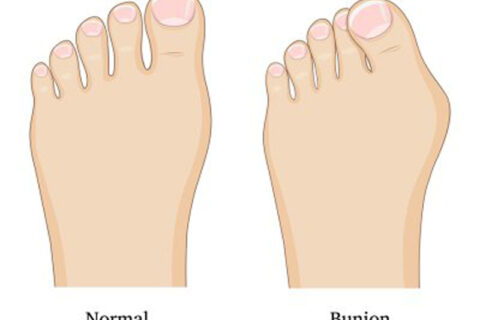Revision Techniques for Patients With Bunions
Bunions are a painful foot deformity that may require surgery. Unfortunately, the first surgery doesn’t always fix the problem. If you’re frustrated by recurring foot problems, it may be time to consider reconstructive foot surgery, commonly called revision surgery. Visit a knowledgeable and skillful podiatrist in Sugar Land to discuss whether reconstructive foot surgery might be right for you. There are several surgical techniques that may be appropriate, depending on your specific situation.

Fixing a Recurrent Bunion
It’s possible for a bunion to come back after the original corrective surgery. This may occur if the first foot surgeon failed to fully grasp the severity of the deformity or used an inappropriate surgical approach. People with particularly flexible feet may be more likely to have a recurrence. When this situation arises, the podiatrist performing the revision surgery might do a Lapidus procedure. The Lapidus approach involves the fusion of the first tarsal-metatarsal (TMT) joint. After realigning the bones, the surgeon fuses the joint to prevent the first metatarsal from moving too much. The Lapidus procedure should prevent the bunion from recurring again.
Addressing Overcorrection of a Bunion
Sometimes, the first foot surgeon might have overcorrected the bunion, such as by tightening the ligaments too much, removing the sesamoid bone, or removing too much of the other bone mass. To address the overcorrection, the reconstructive foot surgeon might make revision bone cuts or fuse the big toe joint in place.
Lengthening a Short Toe
When a foot surgeon must remove some of the bone in order to realign it, the toe becomes shorter. The same effect occurs when the TMT joint is fused. Although some shortening is to be expected, too much shortening can cause problems with the foot’s functioning. Foot pain may also develop. If this is the case, the revision surgery may involve making bone cuts to lengthen the toe. Sometimes, it’s necessary to add bone graft material to rebuild the bone mass.
Solving Post-Surgical Arthritis
Occasionally, bunion patients might develop arthritis in the toe after having the original surgery. Arthritic symptoms might be caused by improper positioning, bone spurs, or infection. Reconstructive foot surgery may be appropriate to remove bone spurs, fuse the joint, or realign the bones.

